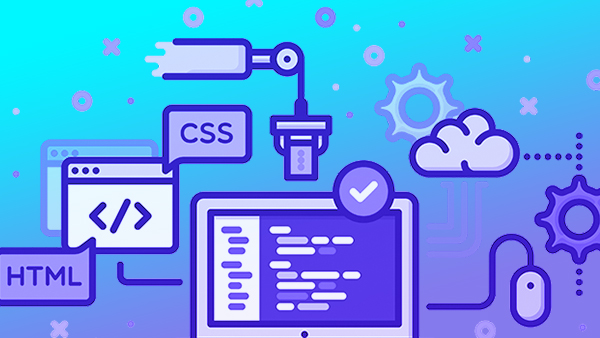iview之Modal
一、普通组件使用方法
普通组件使用方法直接在页面中写<Modal></Modal>标签,在页面内可以写内容。内容也可以自定义标签引入。下面是两种方式引入内容
第一种,直接在Modal标签内写内容
<template>
<div>
<Button type="primary" @click="modal1 = true">普通组件使用方法</Button>
<Modal
v-model="modal1"
title="普通组件使用方法"
@on-ok="ok"
@on-cancel="cancel">
<h1>普通组件使用方法</h1> //自定义内容 </Modal>
</div></template><script>
export default { name: "normalModal",
data() { return { modal1: false
}
}, methods: {
ok() {},
cancel(){}
}
}</script><style scoped></style>第二种,在Modal标签内引入自定义组件
<template>
<div>
<Button type="primary" @click="modal1 = true">普通组件使用方法</Button>
<Modal
v-model="modal1"
title="普通组件使用方法"
@on-ok="ok"
@on-cancel="cancel">
<FirsModal></FirsModal>//使用自定义组件 </Modal>
</div></template><script>
//引入自定义组件(弹窗的内容写在FirstModal组件内)
const FirsModal = () => import("../components/FirstModal.vue");
export default { name: "normalModal",
data() { return { modal1: false
}
}, methods: {
ok() {},
cancel(){}
}, components:{
FirsModal//定义自定义组件
}
}</script><style scoped></style>一、实例化使用方法
实例化使用方法也分为两种,一种是直接在render函数内直接写Html标签进行页面渲染,另一种是render函数内写自定义的组件进行渲染
第一种
<template>
<div class="hello">
<Button @click="handleRender">实例化使用方法</Button>
</div></template><script>
export default { name: 'HelloWorld',
data() { return {}
}, methods: {
handleRender () { this.$Modal.confirm({ render: (h) => { return h('Input', { props: { value: this.value, autofocus: true, placeholder: 'Please enter your name...'
}, on: { input: (val) => { this.value = val;
}
}
})
}
})
}
}
}</script><style scoped></style>第二种
<template>
<div class="hello">
<Button @click="handleRender">实例化使用方法</Button>
</div></template><script>
const FirsModal = () => import("../components/FirstModal.vue"); export default { name: 'HelloWorld',
data() { return {}
}, methods: {
handleRender () { this.$Modal.confirm({ title: 'demo', render: (h) => { return h(FirsModal, {//在此处使用引入的组件
ref: 'firstModal'
})
}, width: 600, closable: false, okText: "确定", cancelText: "取消", loading: true,
onOk() {}
});
}
}
}</script><style scoped></style>三、二级弹窗
有的业务场景需要使用到二级弹窗,即弹窗中再弹窗。在使用二级弹窗的时候。第一个弹窗实例化和普通组件两种方式都可以使用,第二个弹窗的时候只能使用第一种普通组件使用的方式才行,否则会进行覆盖弹窗。
Helloworld.vue
<template>
<div class="hello">
<Button @click="openFirstModal">打开第一个弹窗</Button>
</div></template><script>
const FirsModal = () => import("../components/FirstModal.vue"); export default { name: 'HelloWorld',
data() { return {}
}, methods: {
openFirstModal() { this.$Modal.confirm({ title: '第一个窗口', render: (h) => { return h(FirsModal, { ref: 'firstModal'
})
}, width: 600, closable: false, okText: "确定", cancelText: "取消", loading: true,
onOk() {
}
});
}
}
}</script><style scoped></style>FirstModal.vue
<template>
<div>
<h1>第一个窗口</h1>
<Button @click="openSecondModal">打开第二个弹窗</Button>
<Modal v-model="showModal">
<SecondModal></SecondModal>
</Modal>
</div></template><script>
const SecondModal = () => import("@/components/SecondModal.vue"); export default { name: "FirstModal",
data() { return { showModal: false
}
}, components: {
SecondModal
}, methods: {
openSecondModal() { this.showModal = true;
}
}
}</script><style scoped></style>SecondModal.vue
<template>
<div>
<h1>我是第二个窗口</h1>
</div></template><script>
export default { name: "secondModal",
data() { return {}
},
}</script><style scoped></style>效果如下图

二级弹窗.png
作者:不爱编程的程序员
链接:https://www.jianshu.com/p/29eb1447eed2


 随时随地看视频
随时随地看视频




